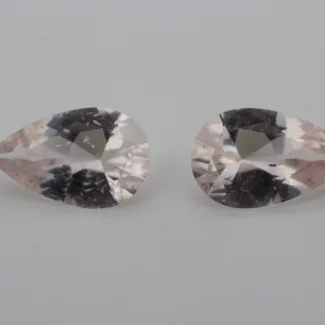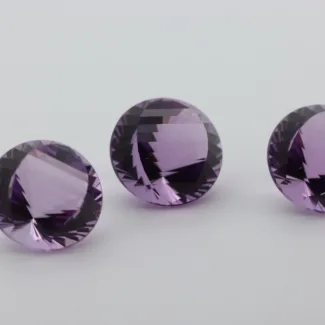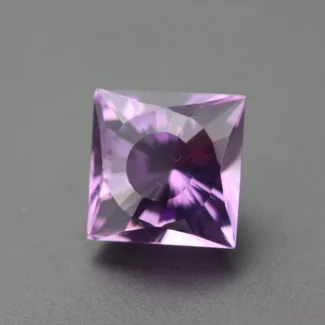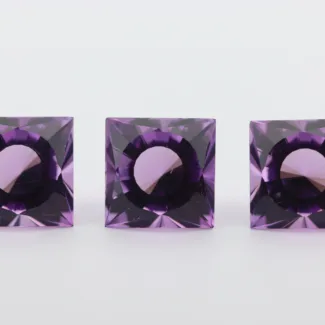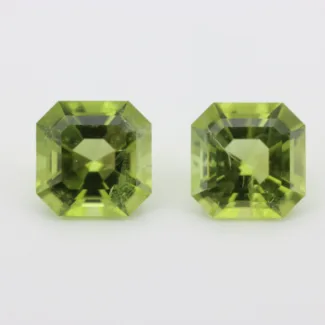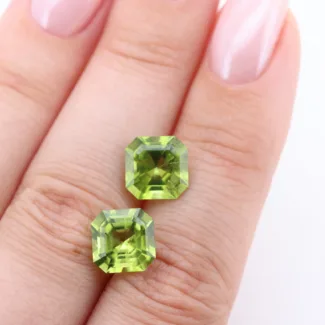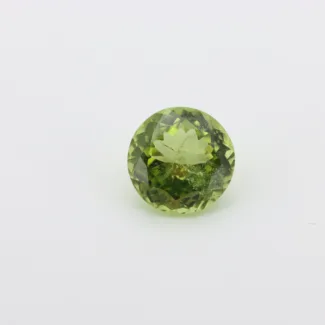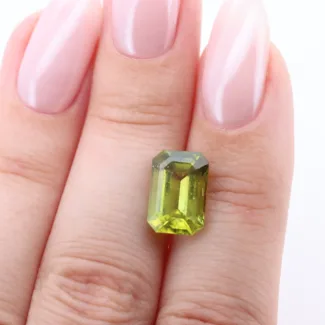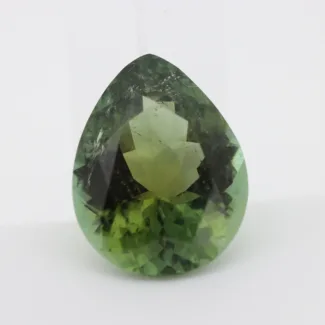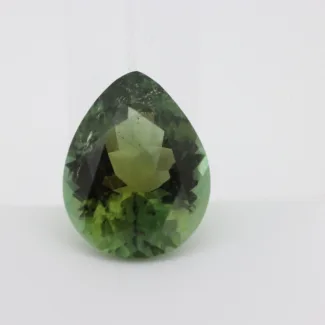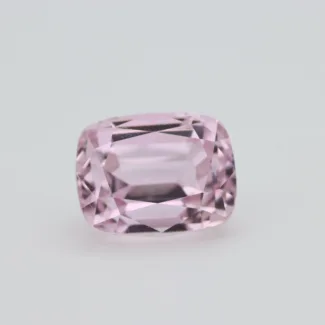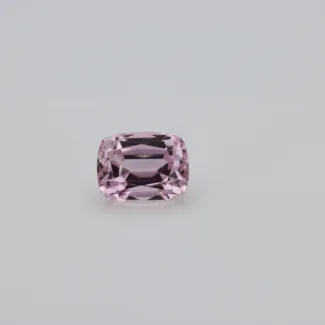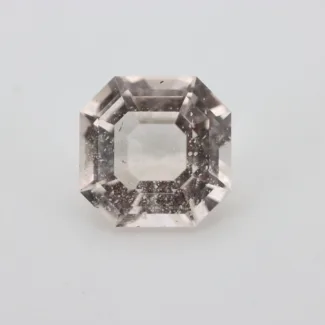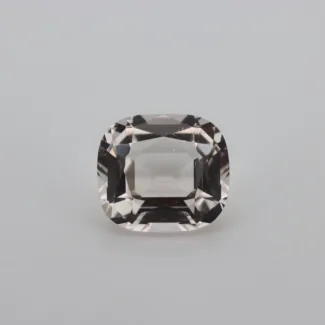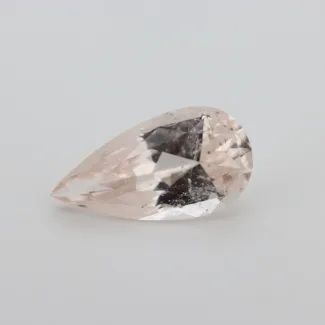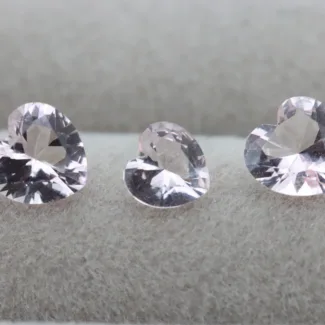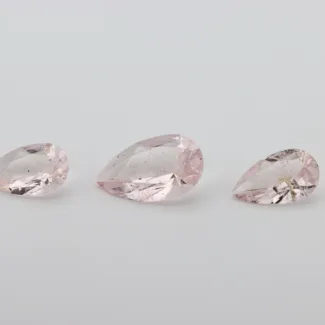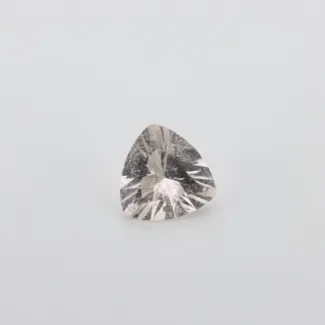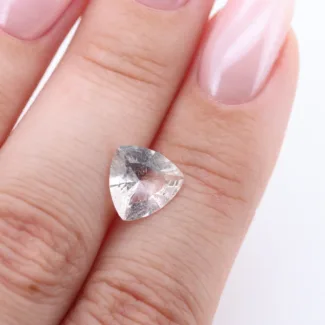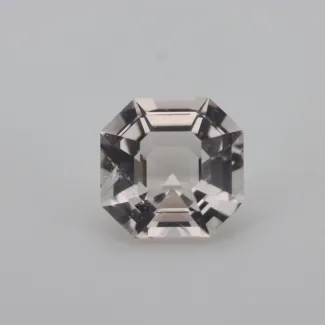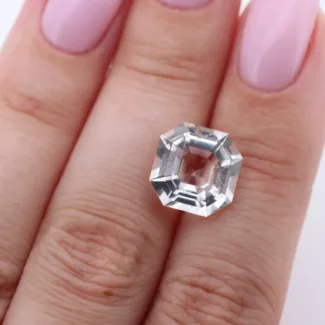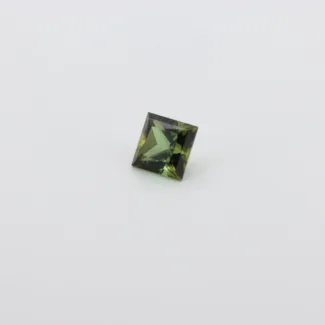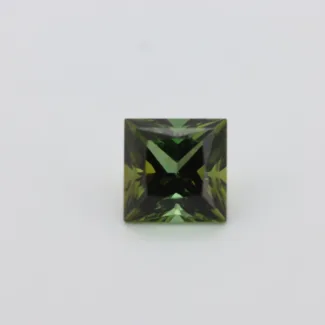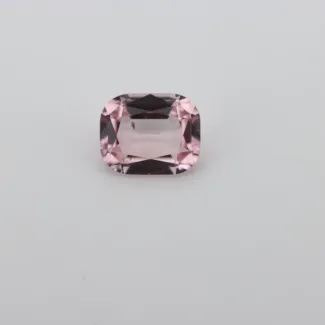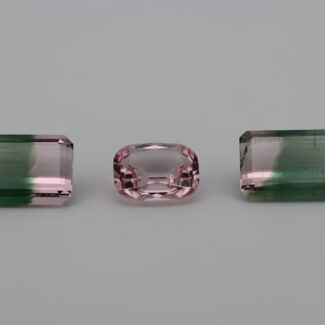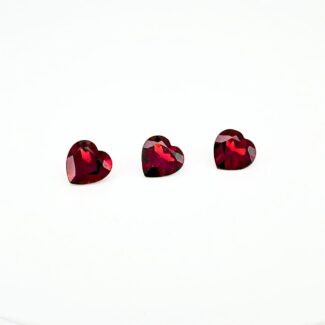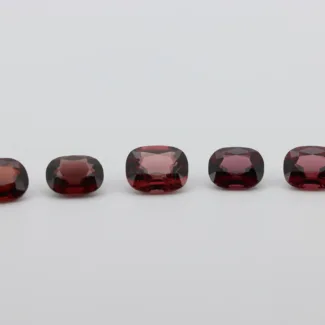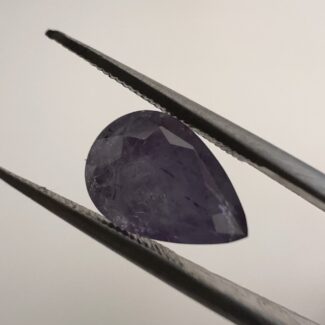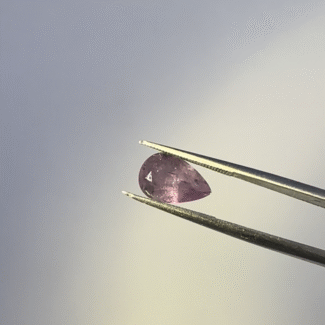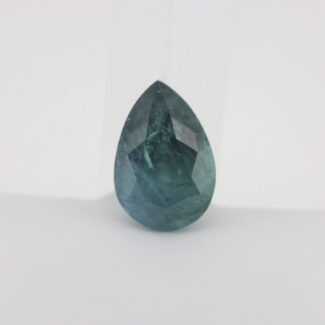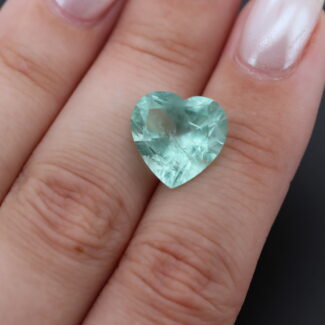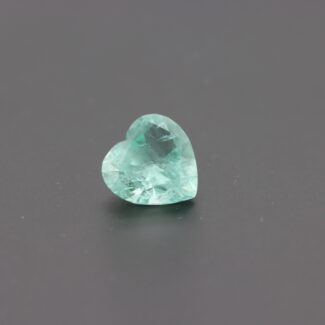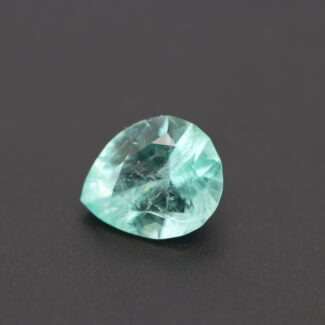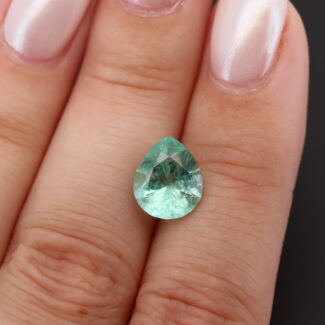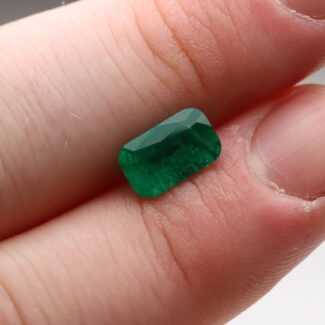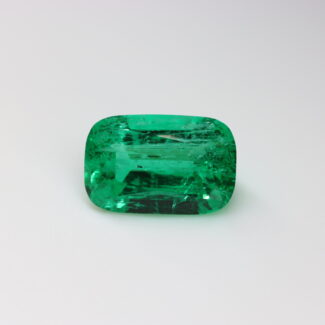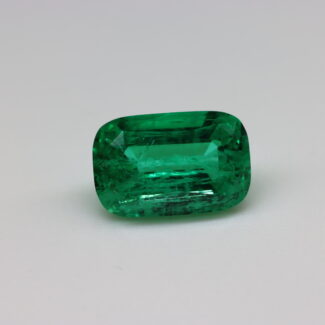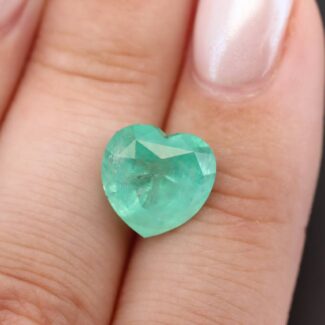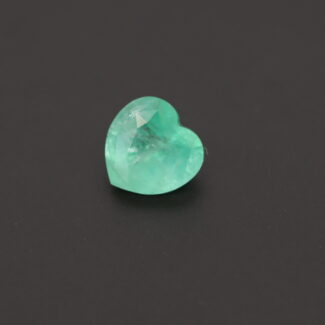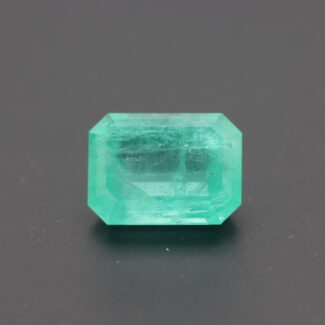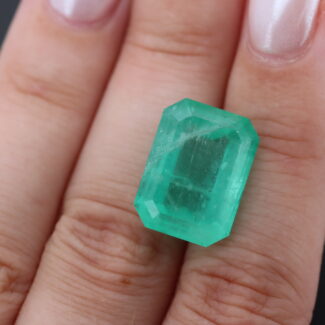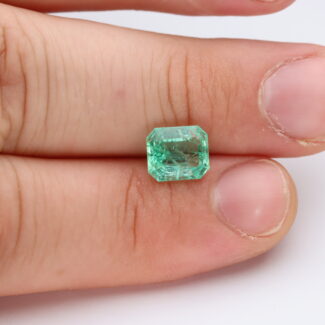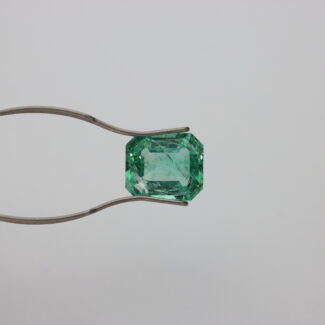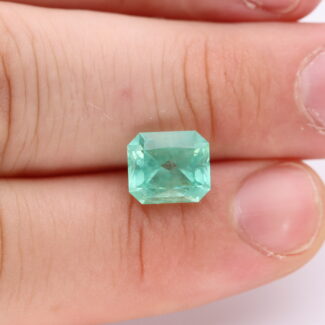-
×
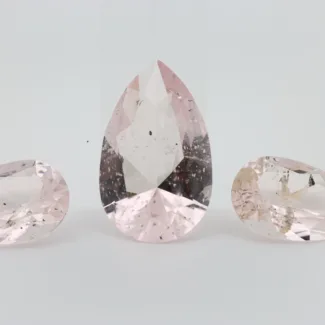 Morganite set of drops, 7,96ct 1 × 734,00 $
Morganite set of drops, 7,96ct 1 × 734,00 $
A couple drops of Morganite, 4,665ct
538,00 $
The fine color of morganite is due to the presence of traces of manganese in it. Because morganite has a pronounced pleochroism – pale pink to deeper bluish pink – the raw material must be carefully oriented for processing. Strong color is rare in morganite, and stones usually must be large to produce fine coloration.
Amethyst. Circle fantasy cut. 5,25ct
95,00 $
Amethyst once rivaled rubies and emeralds in value — until the 19th century, when vast deposits were uncovered in Brazil. Its very name, derived from the Greek amethystos (“not drunk”), reflects the ancient belief that it warded off intoxication.
Today, as the most prized variety of quartz, amethyst remains sought-after, from high-end designer pieces to accessible jewelry. Its spectrum of violet and pastel hues continues to captivate modern audiences, ensuring its enduring appeal.
Amethyst. Princess fantasy cut. 11,22ct
204,00 $
Amethyst once rivaled rubies and emeralds in value — until the 19th century, when vast deposits were uncovered in Brazil. Its very name, derived from the Greek amethystos (“not drunk”), reflects the ancient belief that it warded off intoxication.
Today, as the most prized variety of quartz, amethyst remains sought-after, from high-end designer pieces to accessible jewelry. Its spectrum of violet and pastel hues continues to captivate modern audiences, ensuring its enduring appeal.
Chrysolite asher, 5,57ct
642,00 $
The ancient Egyptians mined peridot on the island of Zabargad in the Red Sea, from where many of the large peridots in museums around the world originate. The Egyptians called it the “precious stone of the sun.” Today, the stone is still prized for its calm yellowish-green hues and long history. Large heavily colored specimens can be spectacular, and attractive smaller stones are available for jewelry at any price.
Chrysolite circle, 4,39 ct
253,00 $
The ancient Egyptians mined peridot on the island of Zabargad in the Red Sea, from where many of the large peridots in museums around the world originate. The Egyptians called it the “precious stone of the sun.” Today, the stone is still prized for its calm yellowish-green hues and long history. Large heavily colored specimens can be spectacular, and attractive smaller stones are available for jewelry at any price.
Emerald-cut chrysolite, 3.44ct
198,00 $
The ancient Egyptians mined peridot on the island of Zabargad in the Red Sea, from where many of the large peridots in museums around the world originate. The Egyptians called it the “precious stone of the sun.” Today, the stone is still prized for its calm yellowish-green hues and long history. Large heavily colored specimens can be spectacular, and attractive smaller stones are available for jewelry at any price.
Emerald-cut kunzite, 10,26кт
591,00 $
Until recently, spinel was an underrated gemstone that was not widely recognized by consumers. The growing demand for alternatives to ruby has revived recognition of spinel’s deep red color and history. In ancient times, exceptionally large spinel crystals were mined in the mines of Southeast Asia and became the property of kings and emperors, often passing through many hands as spoils of war.
Emerald-cut kunzite.
793,00 $
Kunzite is the most famous variety of the mineral spodumene. It is named after the famous gemologist George Frederick Kunz, who was the first to identify it as a unique variety of spodumene. Kunzite gets its delicate color from a small amount of manganese. California’s San Diego County is an important source of kunzite. It is also found in Afghanistan, Brazil, and Madagascar.
Kunzite cushion, 9,29ct
535,00 $
Kunzite is the most famous variety of the mineral spodumene. It is named after the famous gemologist George Frederick Kunz, who was the first to identify it as a unique variety of spodumene. Kunzite gets its delicate color from a small amount of manganese. California’s San Diego County is an important source of kunzite. It is also found in Afghanistan, Brazil, and Madagascar.
Morganite Asscher, 2,71ct
187,00 $
The fine color of morganite is due to the presence of traces of manganese in it. Because morganite has a pronounced pleochroism – pale pink to deeper bluish pink – the raw material must be carefully oriented for processing. Strong color is rare in morganite, and stones usually must be large to produce fine coloration.
Morganite couchon., 4,24ct
489,00 $
The fine color of morganite is due to the presence of traces of manganese in it. Because morganite has a pronounced pleochroism – pale pink to deeper bluish pink – the raw material must be carefully oriented for processing. Strong color is rare in morganite, and stones usually must be large to produce fine coloration.
Morganite drop, 8,58ct
692,00 $
The fine color of morganite is due to the presence of traces of manganese in it. Because morganite has a pronounced pleochroism – pale pink to deeper bluish pink – the raw material must be carefully oriented for processing. Strong color is rare in morganite, and stones usually must be large to produce fine coloration.
Morganite heart set, 1,735ct
200,00 $
The fine color of morganite is due to the presence of traces of manganese in it. Because morganite has a pronounced pleochroism – pale pink to deeper bluish pink – the raw material must be carefully oriented for processing. Strong color is rare in morganite, and stones usually must be large to produce fine coloration.
Morganite set of drops, 7,96ct
734,00 $
The fine color of morganite is due to the presence of traces of manganese in it. Because morganite has a pronounced pleochroism – pale pink to deeper bluish pink – the raw material must be carefully oriented for processing. Strong color is rare in morganite, and stones usually must be large to produce fine coloration.
Morganite set of drops, 8,735ct
705,00 $
The fine color of morganite is due to the presence of traces of manganese in it. Because morganite has a pronounced pleochroism – pale pink to deeper bluish pink – the raw material must be carefully oriented for processing. Strong color is rare in morganite, and stones usually must be large to produce fine coloration.
Morganite trillion, 1,87ct
129,00 $
The fine color of morganite is due to the presence of traces of manganese in it. Because morganite has a pronounced pleochroism – pale pink to deeper bluish pink – the raw material must be carefully oriented for processing. Strong color is rare in morganite, and stones usually must be large to produce fine coloration.
Morganite usher, 5,13ct
414,00 $
The fine color of morganite is due to the presence of traces of manganese in it. Because morganite has a pronounced pleochroism – pale pink to deeper bluish pink – the raw material must be carefully oriented for processing. Strong color is rare in morganite, and stones usually must be large to produce fine coloration.
Orange garnet
619,00 $
Red garnets have a long history, but modern buyers can choose from a rich palette of garnet colors: green, orange, pinkish-orange, deeply saturated purplish-red, and even some blue. Red garnet is one of the most common gemstones. But not all garnets are as abundant as red garnets. The green garnet, tsavorite, is less common and requires rarer chemical compositions and conditions to form.
Pear Zircon, Cambodia, 7.4ct
2 428,00 $
Zircon is known for its brilliance and flashes of multi-colored light called fire. These properties of zircon are close enough to those of diamond to explain centuries of confusion between the two gemstones.
Zircon comes in a wide variety of colors. Its diverse palette of yellow, green, red, reddish-brown and blue hues make it a favorite among collectors and knowledgeable buyers alike.
Pomegranate of the heart
169,00 $
Red garnets have a long history, but modern buyers can choose from a rich palette of garnet colors: green, orange, pinkish-orange, deeply saturated purplish-red, and even some blue. Red garnet is one of the most common gemstones. But not all garnets are as abundant as red garnets. The green garnet, tsavorite, is less common and requires rarer chemical compositions and conditions to form.
Red spinel
194,00 $
Until recently, spinel was an underrated gemstone that was not widely recognized by consumers. The growing demand for alternatives to ruby has revived recognition of spinel’s deep red color and history. In ancient times, exceptionally large spinel crystals were mined in the mines of Southeast Asia and became the property of kings and emperors, often passing through many hands as spoils of war.

